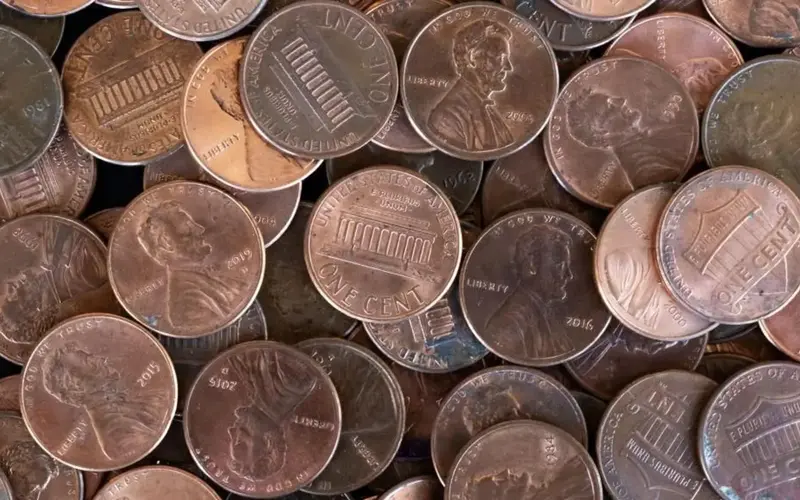US Ends Penny Production After 230 Years
Friday, 2025/11/14260 words4 minutes328 reads
The United States is poised to strike its final batch of pennies, marking the conclusion of a monetary tradition spanning over 230 years. The Philadelphia Mint is scheduled to produce the last one-cent coins on Wednesday, signaling the end of an era in American currency production.
This decision to cease penny production is primarily driven by economic considerations. The cost of manufacturing each penny has escalated to nearly four cents, creating a significant disparity between production expenses and face value. This financial inefficiency has prompted the government to discontinue the coin's production, with estimates suggesting annual savings of approximately $56 million.
While pennies will remain legal tender and continue to circulate, their gradual scarcity is already influencing market dynamics. Businesses have begun preemptively adjusting their pricing strategies in anticipation of reduced penny availability. The Treasury Department estimates that about 300 billion pennies will remain in circulation, which they deem sufficient for current commercial needs.
However, this transition is not without potential consequences for consumers. As businesses implement price rounding practices, a slight increase in overall consumer costs is anticipated. A study by researchers at the Richmond Federal Reserve estimated that this could result in an additional $6 million in annual expenses for shoppers.
The United States' decision aligns with similar moves by other nations. Canada, for instance, ceased production of its one-cent coin in 2012, while Australia and New Zealand retired their lowest denomination coins in the 1990s. These global trends reflect a broader shift towards more cost-effective currency systems and the increasing prevalence of electronic transactions in modern economies.
